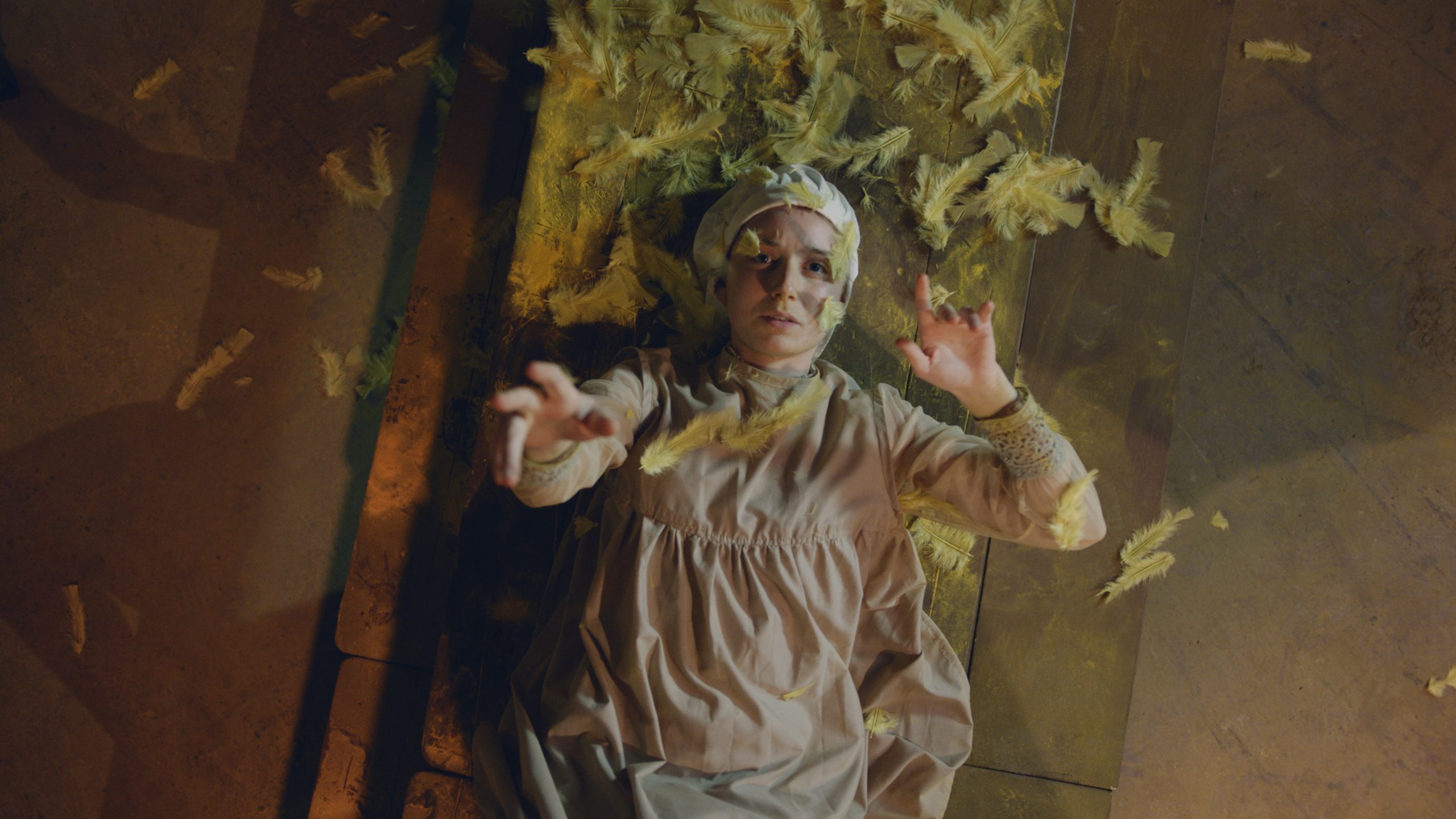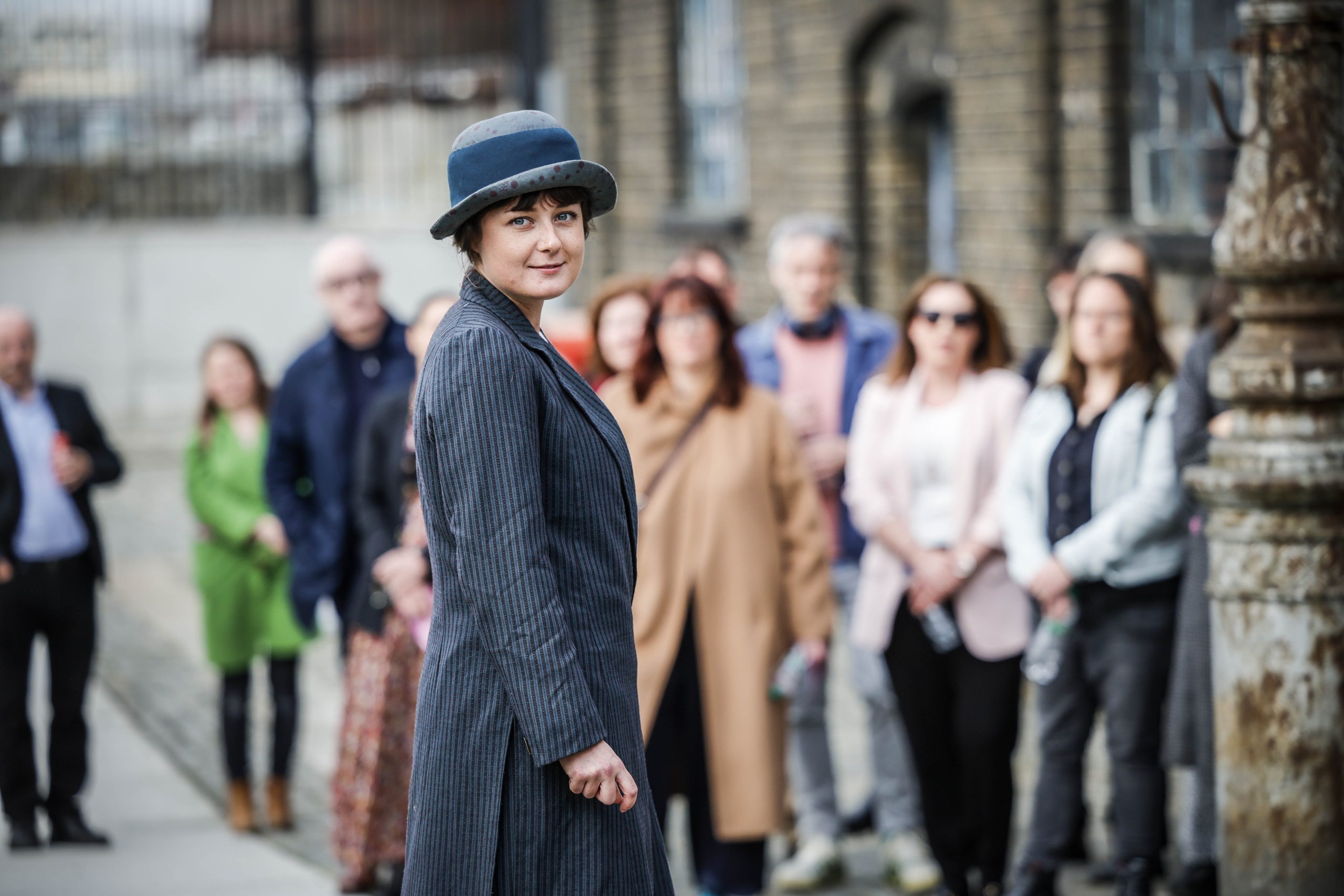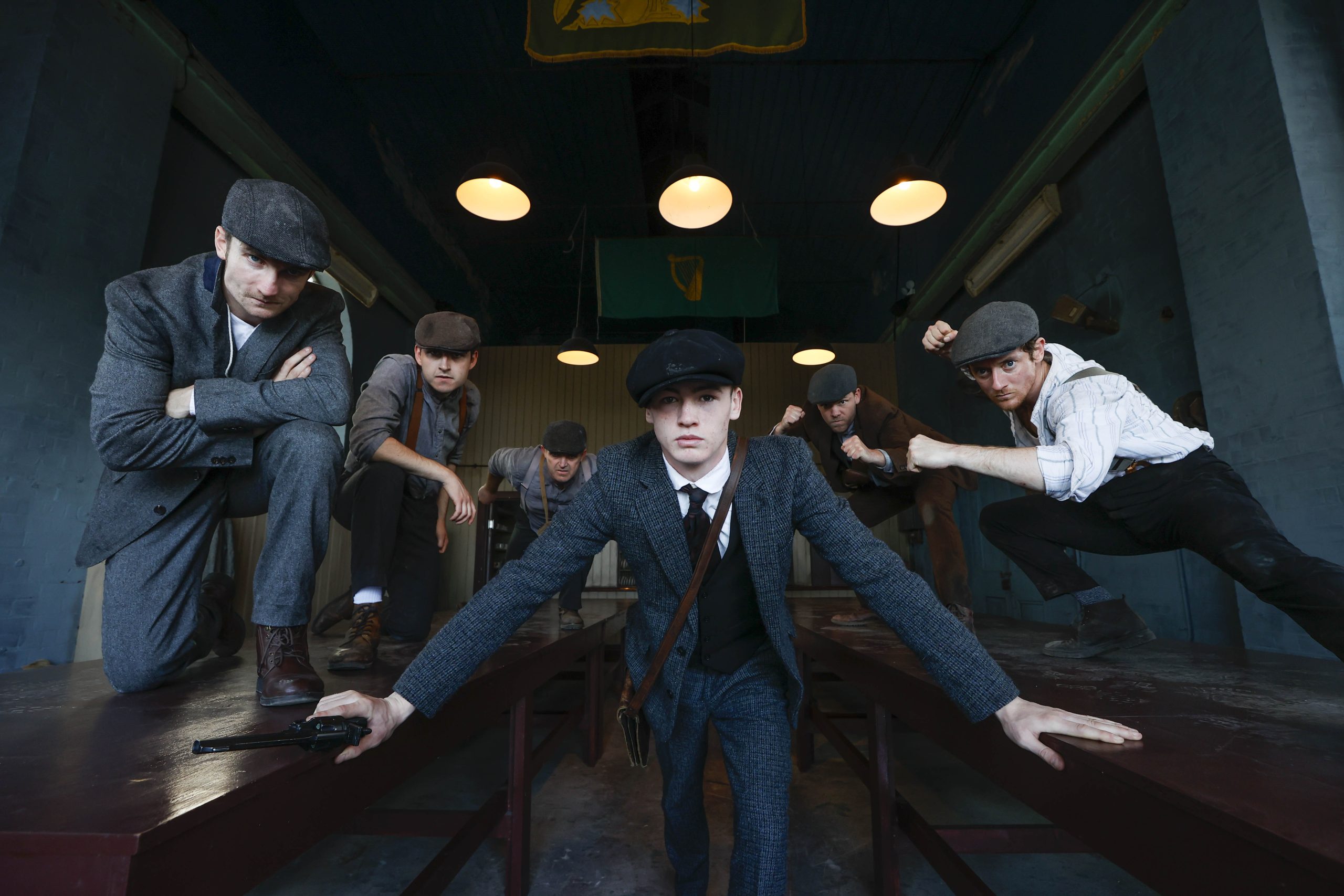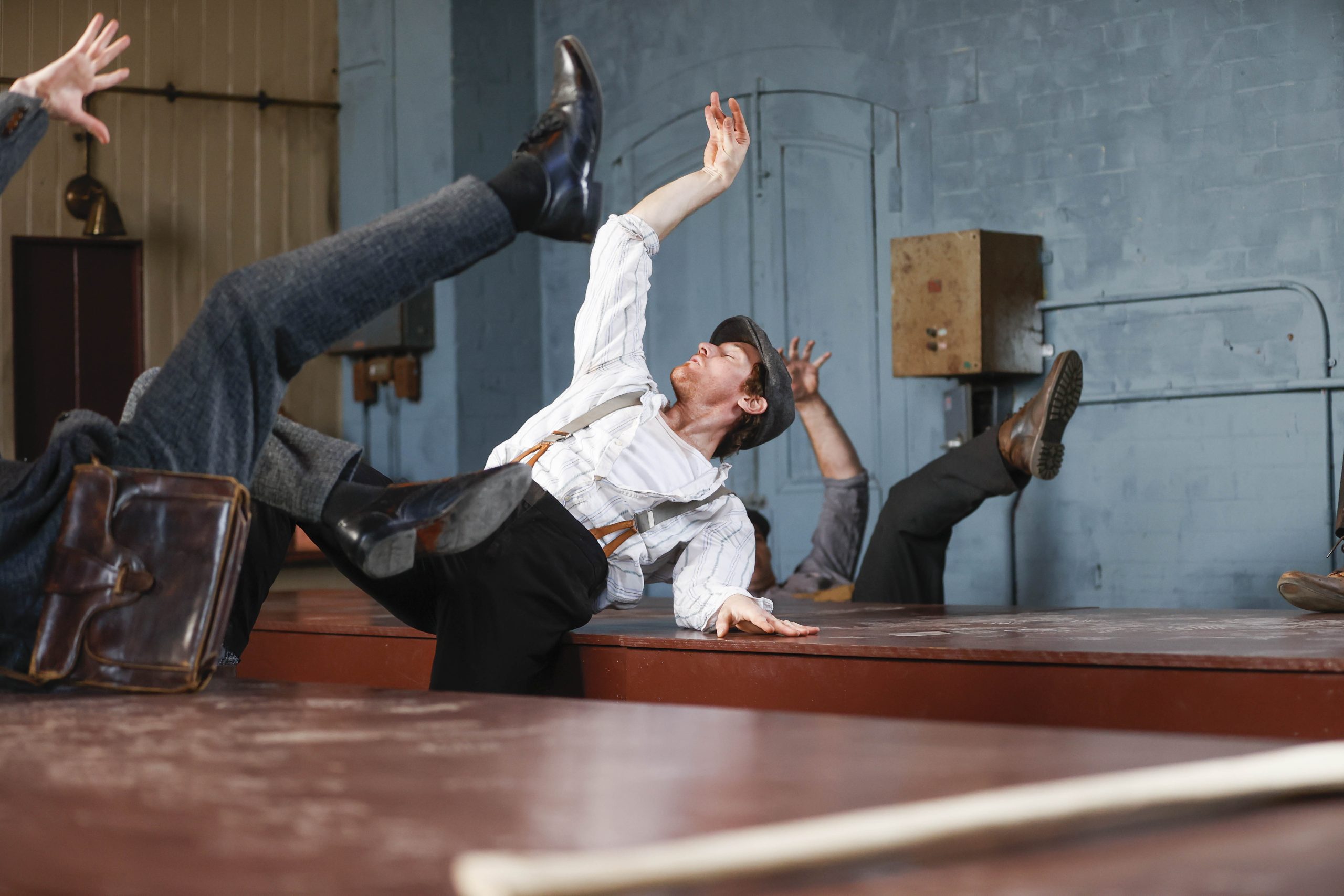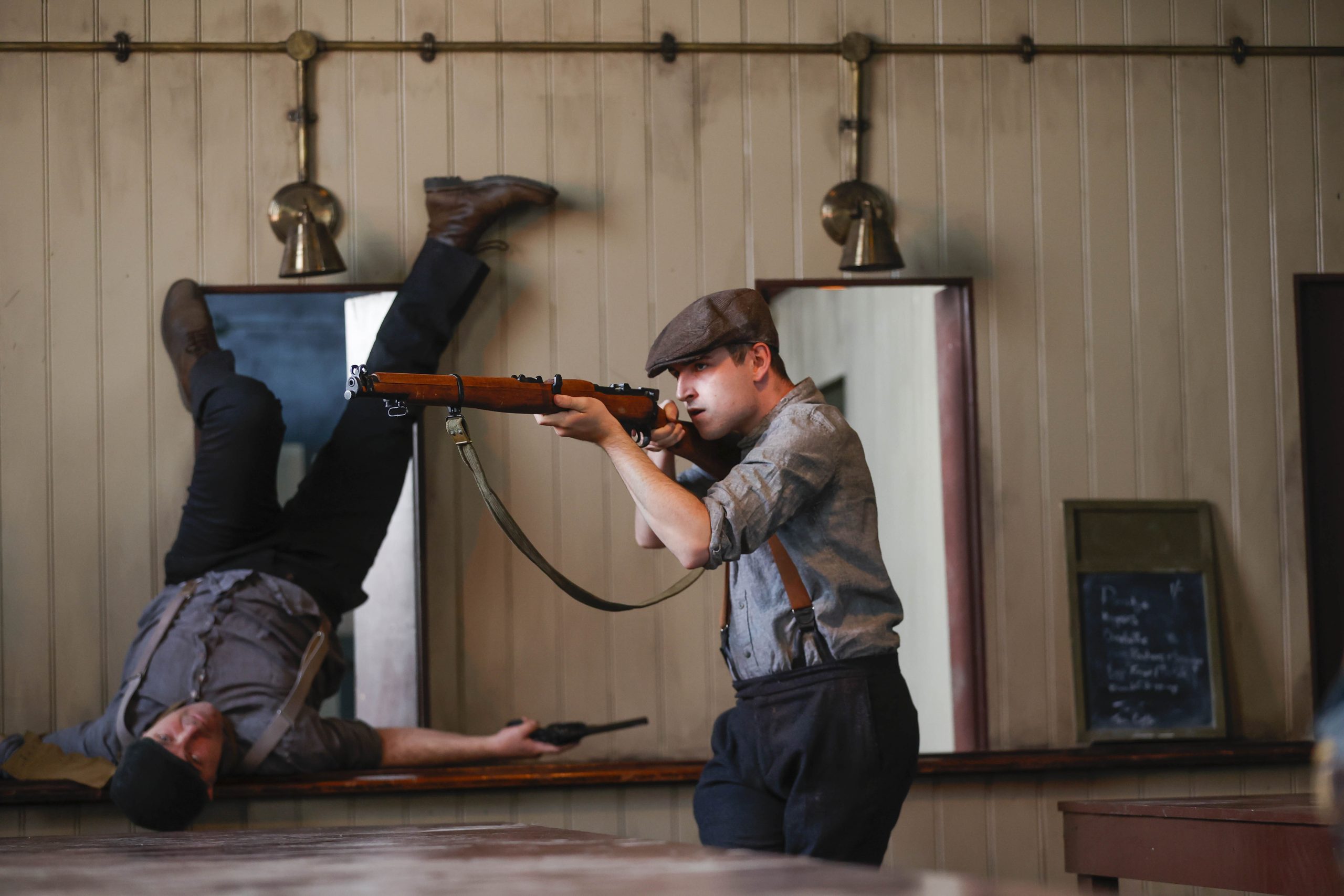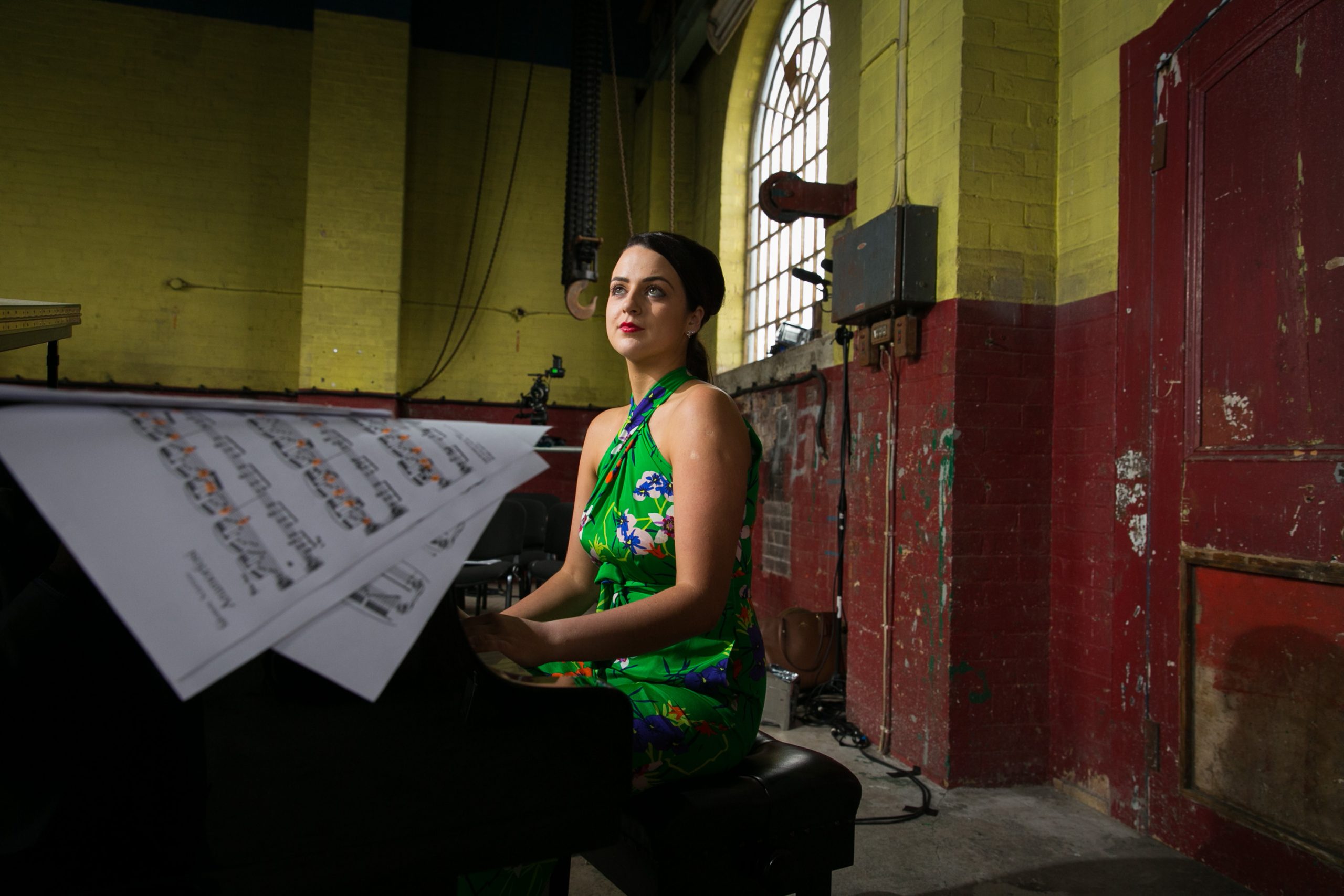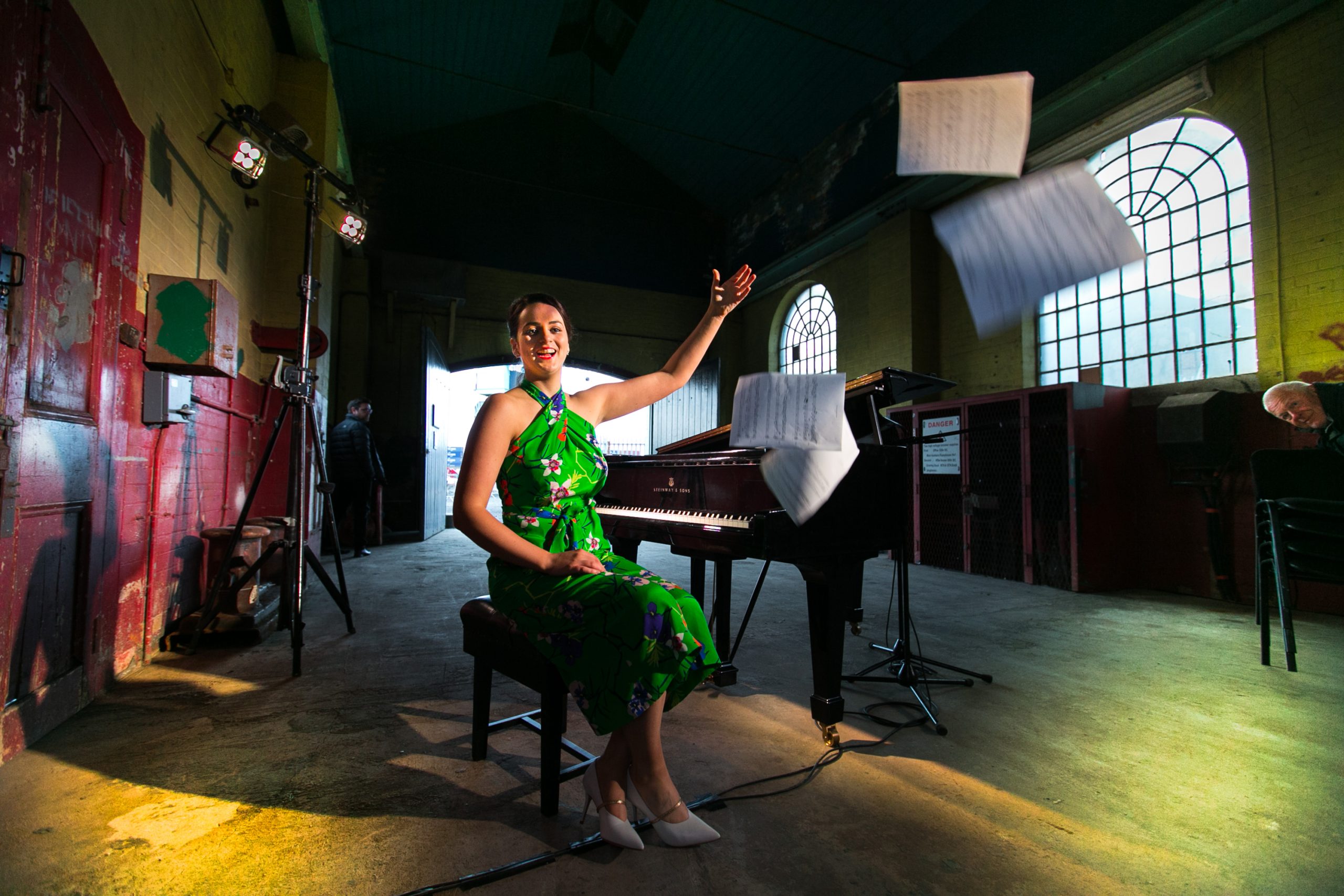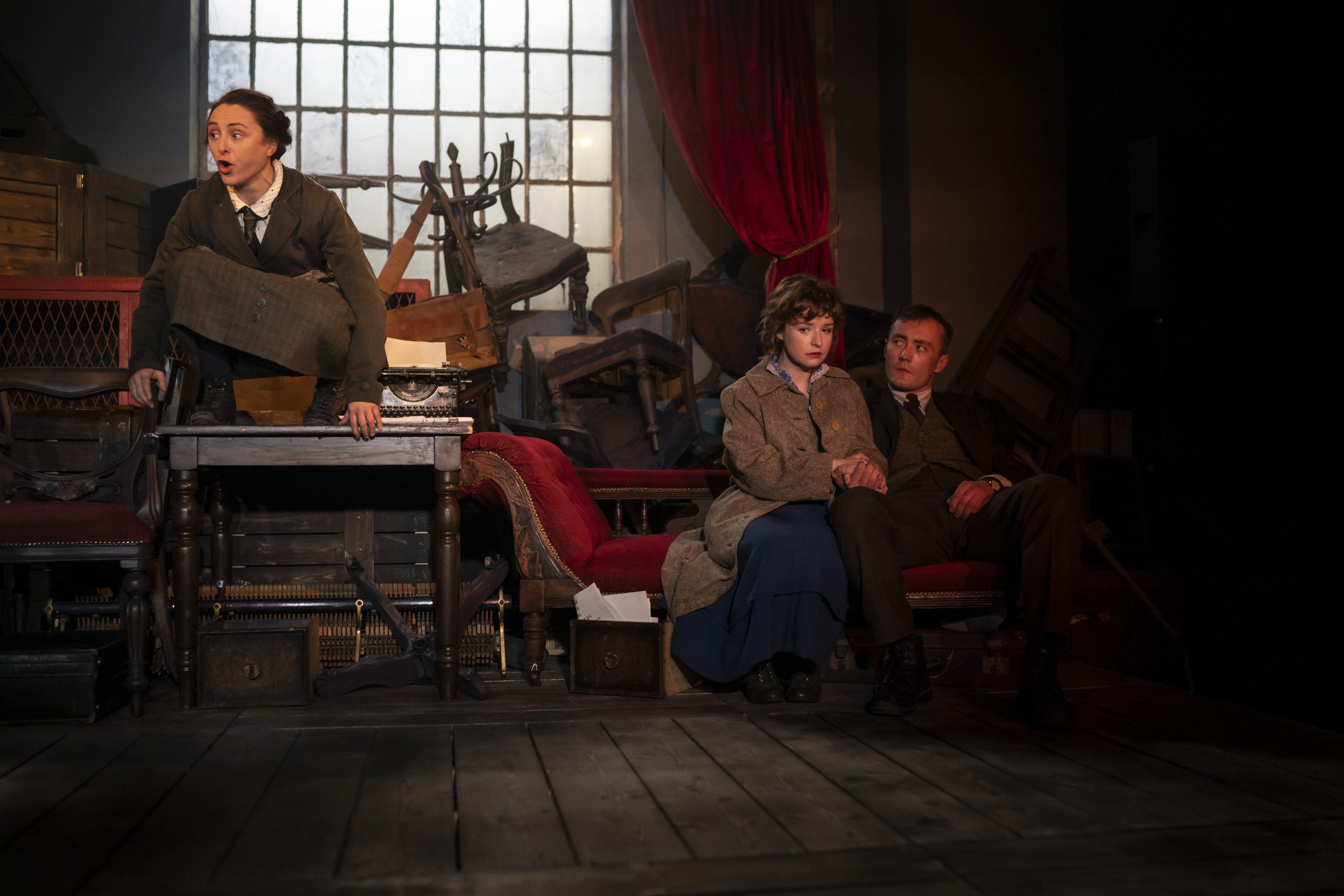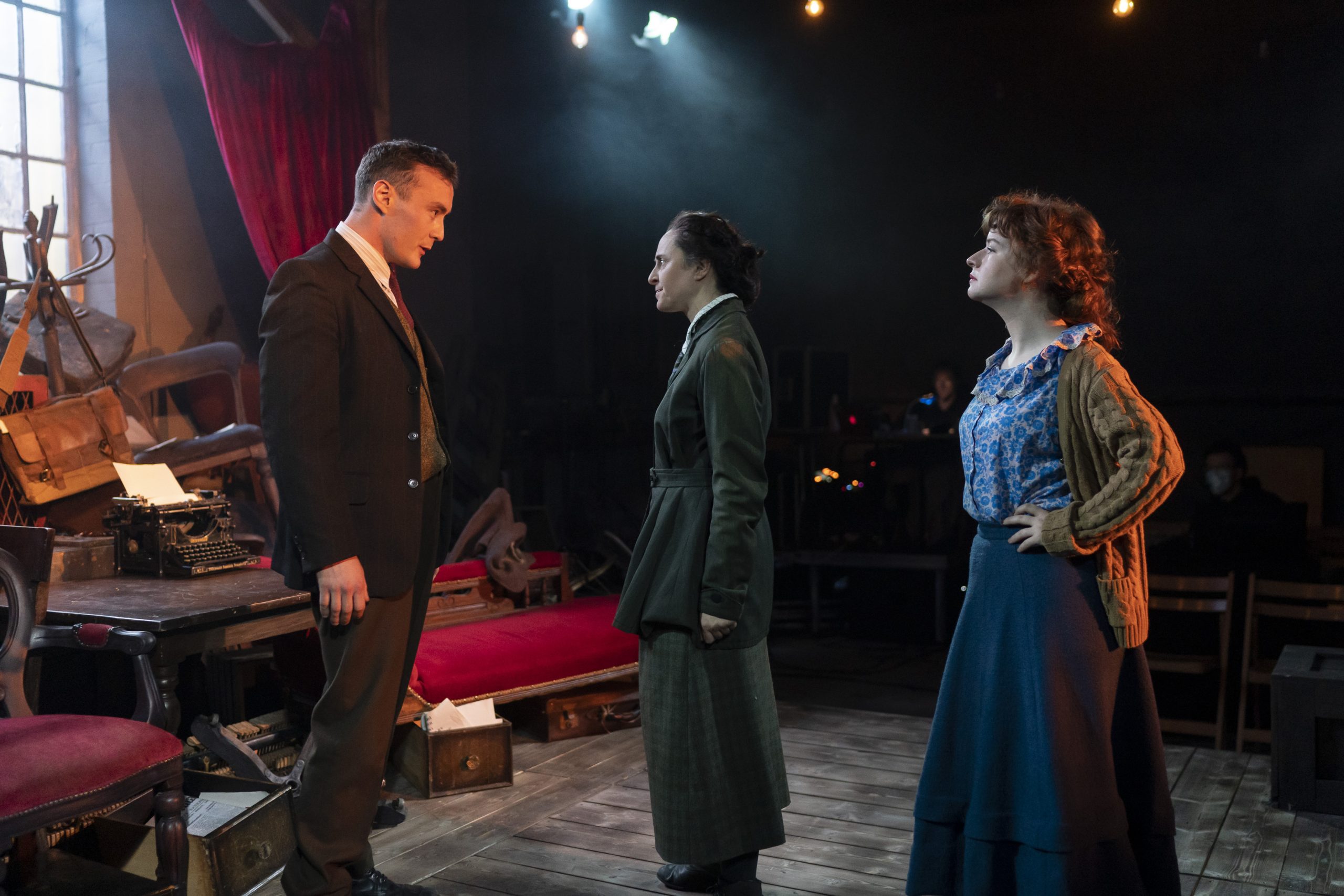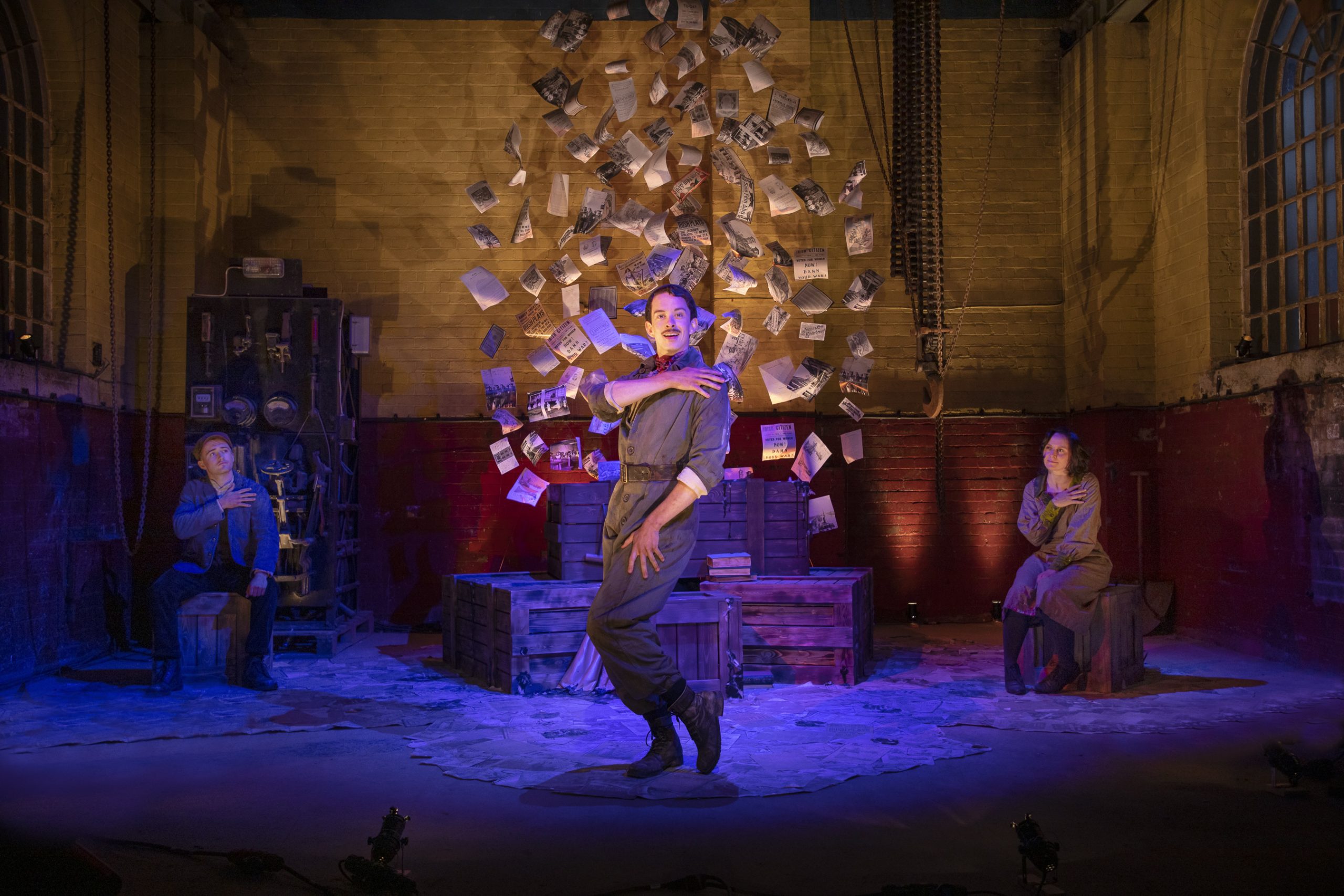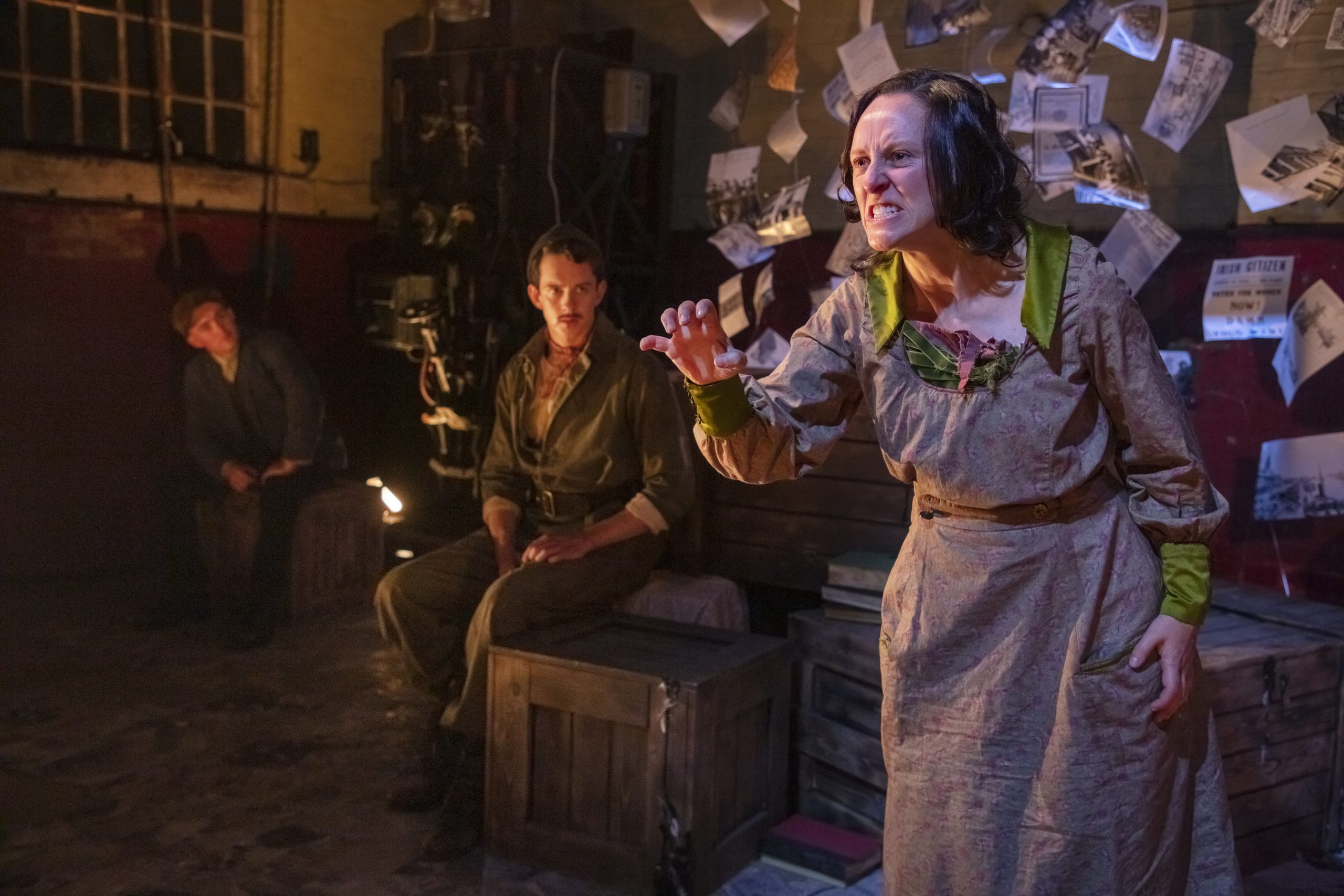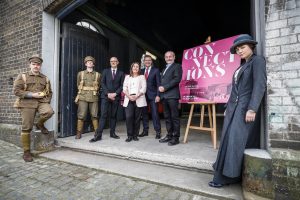The newly renovated Pumphouse functions as a site of study, research, production and public experience of Port/City themes, involving and powering a range of creative arts practices and disciplines. The Pumphouse is a distinct and unique venue for connecting creative practitioners and the public to new understandings of Dublin Port.
The Pumphouse Programme is designed to connect communities of place with communities of interest and engage with the past, present and the future of Dublin Port. A partnership process focuses on the relationship of Port and City, issues of civic memory and urban development. These are addressed creatively and imaginatively, in learning workshops and public events and projects. The Pumphouse Programme is intended to make visible the connections between the work, life and history of Port and City.
Further public outputs from the 2024 programme will be presented at the Pumphouse and into the autumn of 2024.
Keep up to date with Pumphouse events here
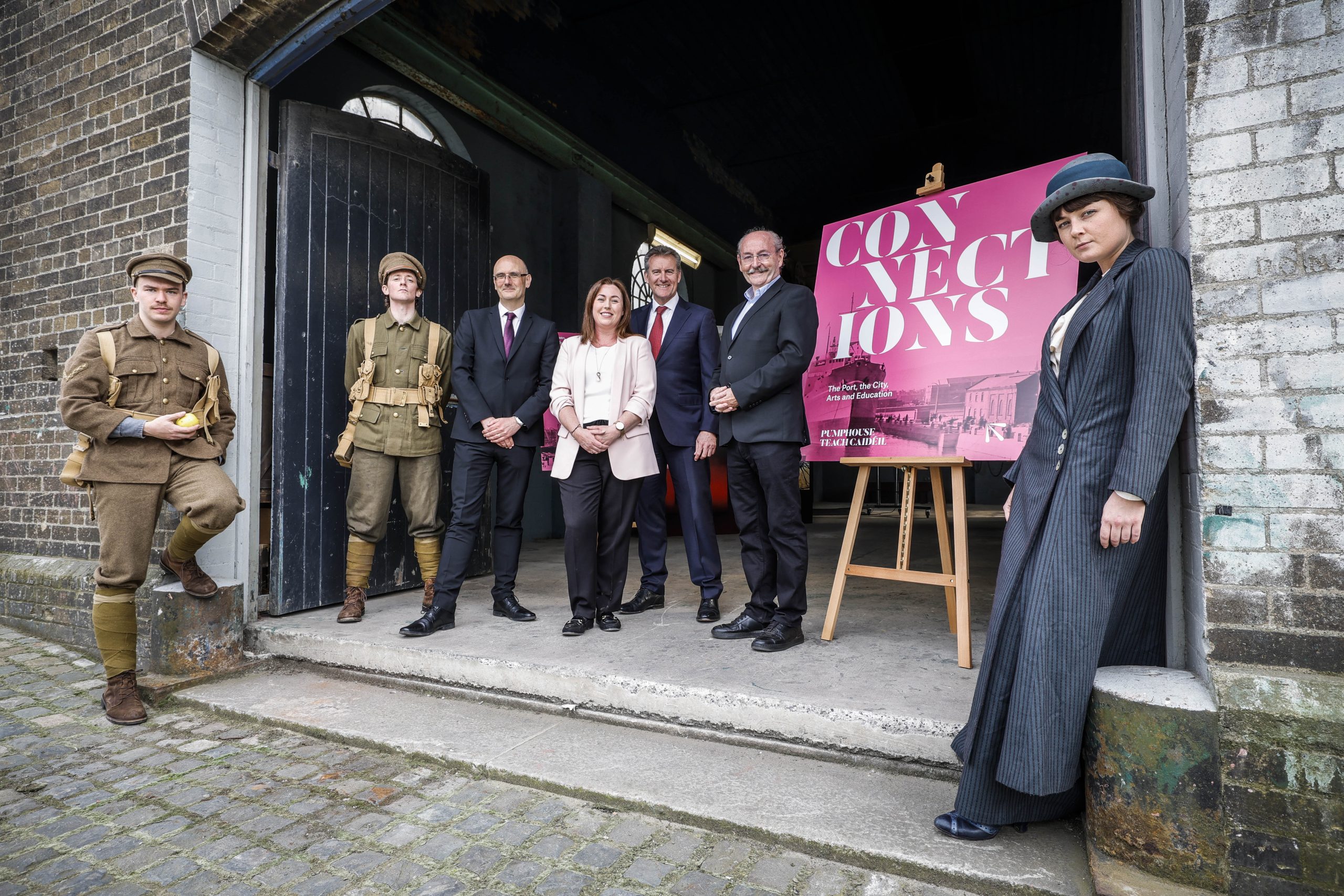
Pumphouse History
The Pumphouse housed the steam engine which powered the gates of Graving Dock 1 and is a key part of the Heritage Zone at the centre of Dublin Port.
This area was once home to Graving Docks 1 and 2, also known as dry docks, where vessels were constructed, maintained, and repaired from 1860 until 2017. At their peak, these docks were bustling with activity, accommodating at least two ships in dry dock while several more waited in the Alexandra Basin.
Graving Dock 1 opened in 1860 and operated continuously until 1989. Graving Dock 2, opened in 1957, was the largest dry dock in Ireland, measuring 22 meters in length. It employed a skilled workforce of 26 men. The last vessel serviced here was the Jeanie Johnston, before the dock closed in 2017.
Located at the edge of the Alexandra Basin, the Graving Docks provided direct access to the River Liffey and the Irish Sea. The basin itself was inaugurated in the late 1800s and is now the site of the port’s largest development project. This project includes deepening the basin to accommodate larger sea vessels and constructing approximately 3 km of new quay walls.
Ingeniously designed, these dry docks were drained of water to allow essential repairs below the waterline.
The Future for the Pumphouse
The Pumphouse Presents series of events marked the start of a process of establishing a two-acre Port Heritage Zone on Alexandra Road. From March 2021 the Heritage Zone has hosted performances, exhibitions and workshops in the Pumphouse, with the aim of creating a distinct and unique destination in the heart of the working Port.
The whole area will be expanded in a later development phase when the adjacent 1880s Graving Dock No. 1 is unearthed. In addition the ambitious Liffey to Tolka project, providing 1.4km of civic space along East Wall Road, will be completed in 2026. This will be the most important Port/City Integration project to date – as a starting point of the wider Dublin Port initiative to create a ‘distributed museum’, from the Diving Bell to the heart of the Port.


